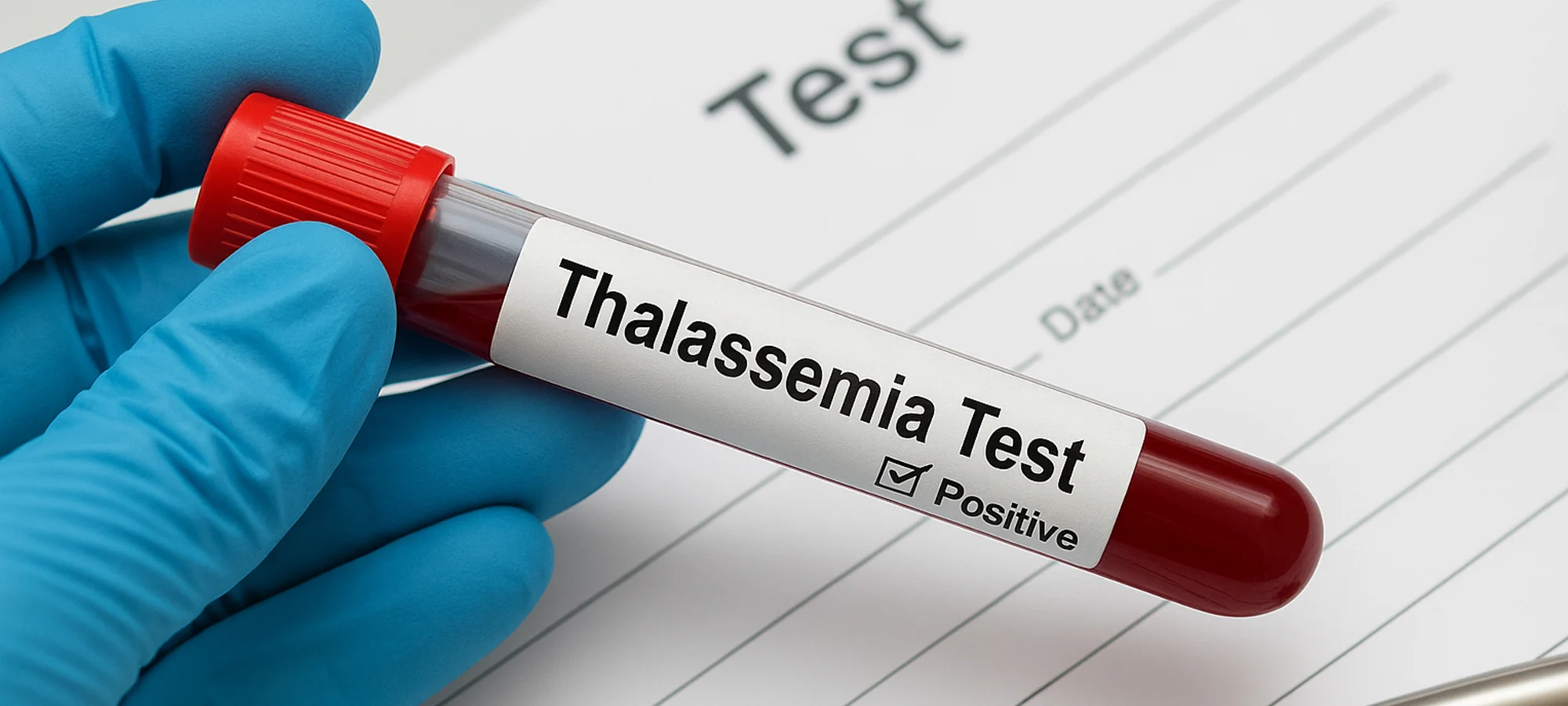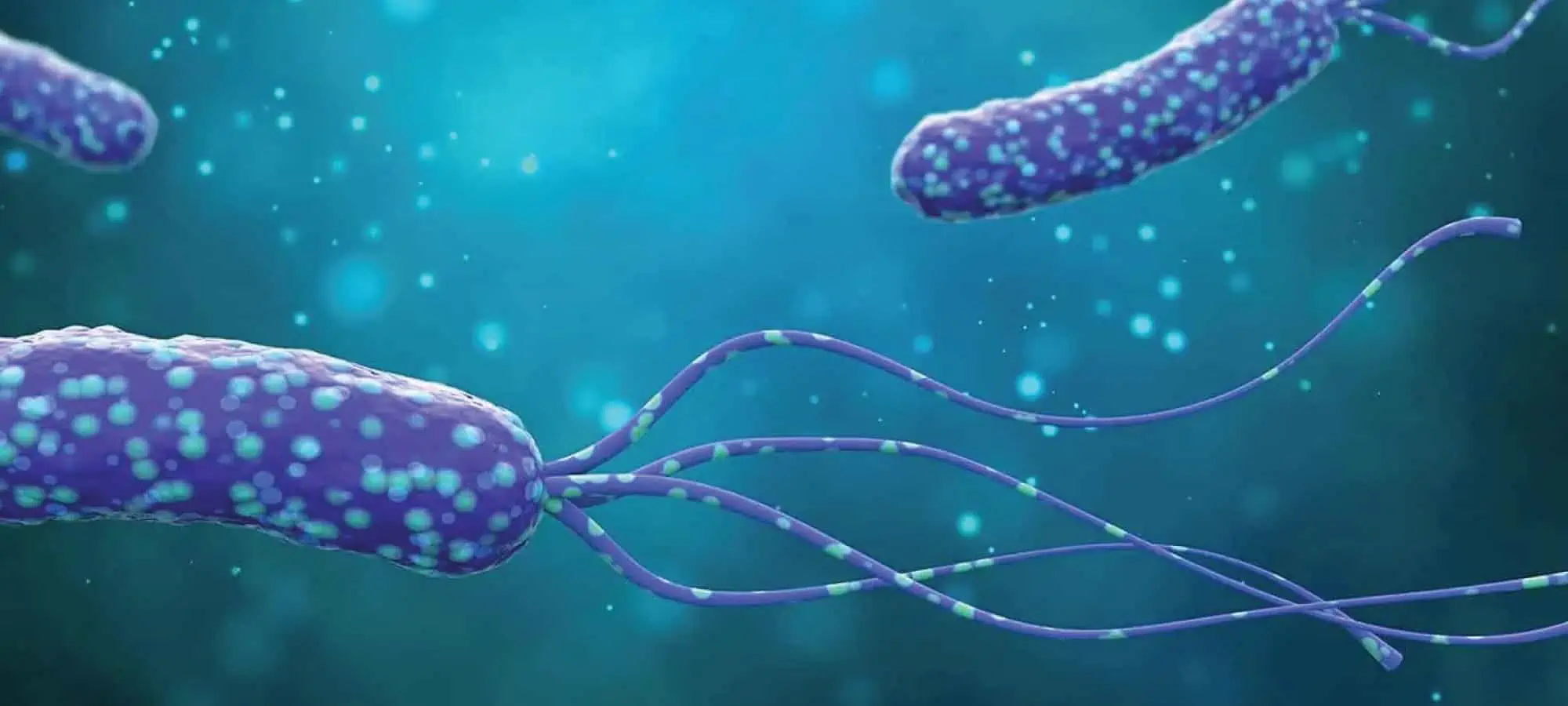Have you ever heard of Beta Thalassemia? It is a blood disorder that many people don’t know about, but it affects thousands of families in India and around the world. To understand it in a simple way — our blood has something called haemoglobin, which carries oxygen all around the body. People with Beta Thalassemia cannot make normal haemoglobin, so their body does not get enough oxygen. This leads to tiredness, weakness, and other health problems.
Let’s break it down step by step so it’s easy to understand.
What is Beta Thalassemia?
Beta Thalassemia is a genetic blood disorder passed from parents to children. If both parents carry the gene, the child can have the disease. If only one parent has it, the child may become a carrier but usually won’t get very sick.
There are three main types of Beta Thalassemia:
- Minor (Trait): The person is just a carrier. They usually feel healthy but can pass the gene to their children.
- Intermedia: A middle stage. People may have moderate anaemia but not as serious as the major type.
- Major (Cooley’s Anaemia): The most serious type. Symptoms show up in early childhood, and the person often needs regular medical treatment.
Why Does It Happen?
The reason is a change, or mutation, in a gene called
HBB. This gene tells the body how to make haemoglobin. When it doesn’t work properly, the blood cells become weak and break down too soon.
Some people are more at risk, especially those from Mediterranean countries, the Middle East, South Asia, and Southeast Asia. In India, cases are common in states like Gujarat, Punjab, and West Bengal.
Symptoms of Beta Thalassemia
The symptoms depend on whether it is minor, intermediate, or major. Here are some things people may notice:
- Feeling very tired or weak
- Pale or yellowish skin
- Slow growth in children
- Bones looking different, especially the face and skull
- Dark-coloured urine
- Swelling in the stomach area due to a bigger spleen or liver
Babies with the major form usually start showing problems in the first two years of life.
How Do Doctors Test for It?
Testing is very important because it helps find the disease early. At
Suraksha Diagnostics, doctors use advanced tools to confirm the condition. Common tests include:
- Complete Blood Count (CBC): This shows if the blood has fewer or smaller red cells.
- Haemoglobin Electrophoresis or HPLC Test: This checks for unusual types of haemoglobin.
- Genetic Testing: Confirms changes in the HBB gene.
- Prenatal Testing: Helps parents know if their baby has the condition before birth.
A
Hematologist, who is a specialist in blood disorders, often reviews these results and guides patients about the next steps.
Treatment Options
There is no simple cure yet, but treatment helps people live healthier and longer. The main options are:
- Blood Transfusions
- Patients with the major form need regular transfusions.
- This keeps their haemoglobin levels normal and helps them grow and stay active.
- Iron Chelation Therapy
- Because of transfusions, too much iron can build up in the body.
- Medicines are given to remove this extra iron and protect the heart, liver, and other organs.
- Bone Marrow or Stem Cell Transplant
- This is the only treatment that can actually cure the disease.
- Works best in children who have a suitable donor.
- Other Supportive Care
- Some medicines can reduce the need for transfusions.
- Folic acid is often given to support blood cell growth.
- Regular check-ups are needed to watch for problems with the heart, liver, or bones.
For long-term care, patients should always stay connected with a
Hematologist to manage complications and adjust treatment when needed.
Life Expectancy and Quality of Life
Earlier, children with Beta Thalassemia Major often did not live very long. But today, the situation has improved a lot.
- With regular transfusions and proper care, patients can now live into adulthood.
- Many people study, work, and lead normal lives.
- A successful stem cell transplant can even give someone a life close to normal.
- However, some challenges remain, like tiredness, growth delays, or fertility issues.
This shows that while Beta Thalassemia is a serious disease, it is no longer something that only affects childhood. With good medical care, patients can plan for the future.
Can It Be Prevented?
Because it is genetic, once a child is born with it, the disease cannot be prevented. But couples can take steps to avoid passing it on:
- Genetic Counselling: Before marriage or pregnancy, families can get checked to see if they are carriers.
- Carrier Screening: A simple blood test can show if someone carries the gene.
- Prenatal Testing: Helps parents know the health of their baby early.
This makes awareness very important, especially in high-risk communities.
Living with Beta Thalassemia
Living with this condition can feel tough, but many people manage it well with the right care. Some tips include:
- Eat a balanced diet, but avoid iron-rich foods unless your doctor says otherwise.
- Go for regular check-ups to catch problems early.
- Stay active but don’t over-exert yourself.
- Talk openly with family and doctors about emotional stress, because support is important.
Visit your nearest Suraksha Clinic & Diagnostics and consult with the City’s top hematologist near you.






